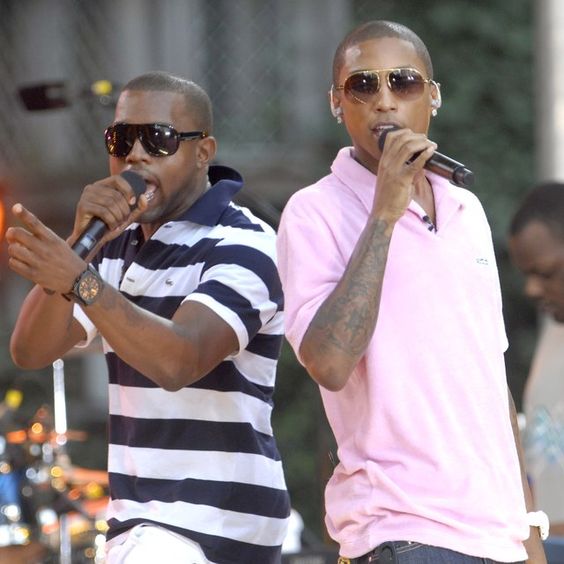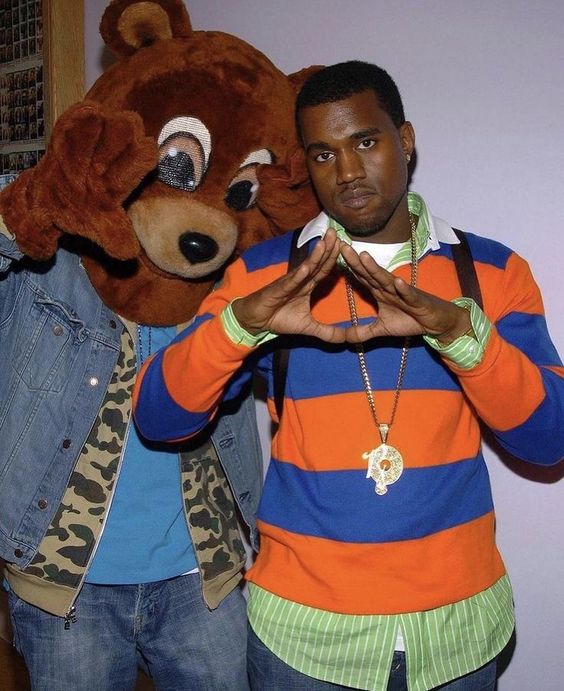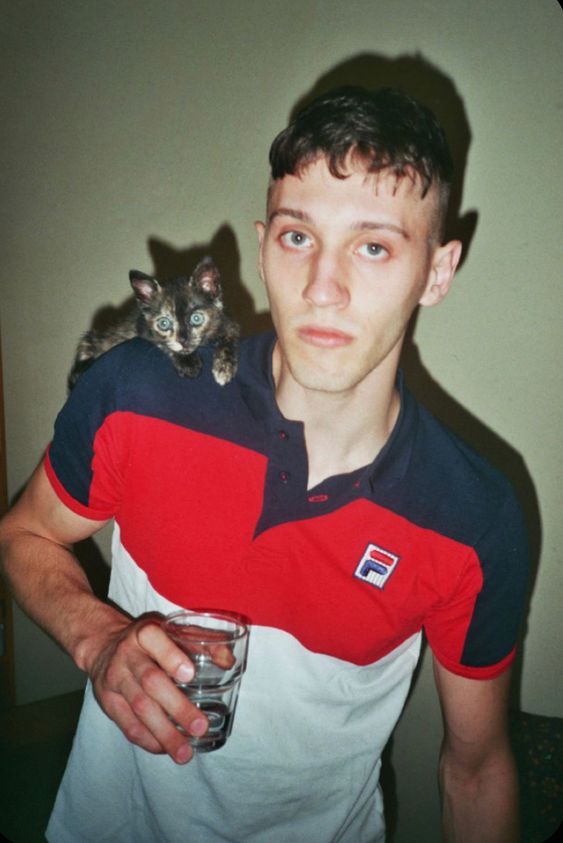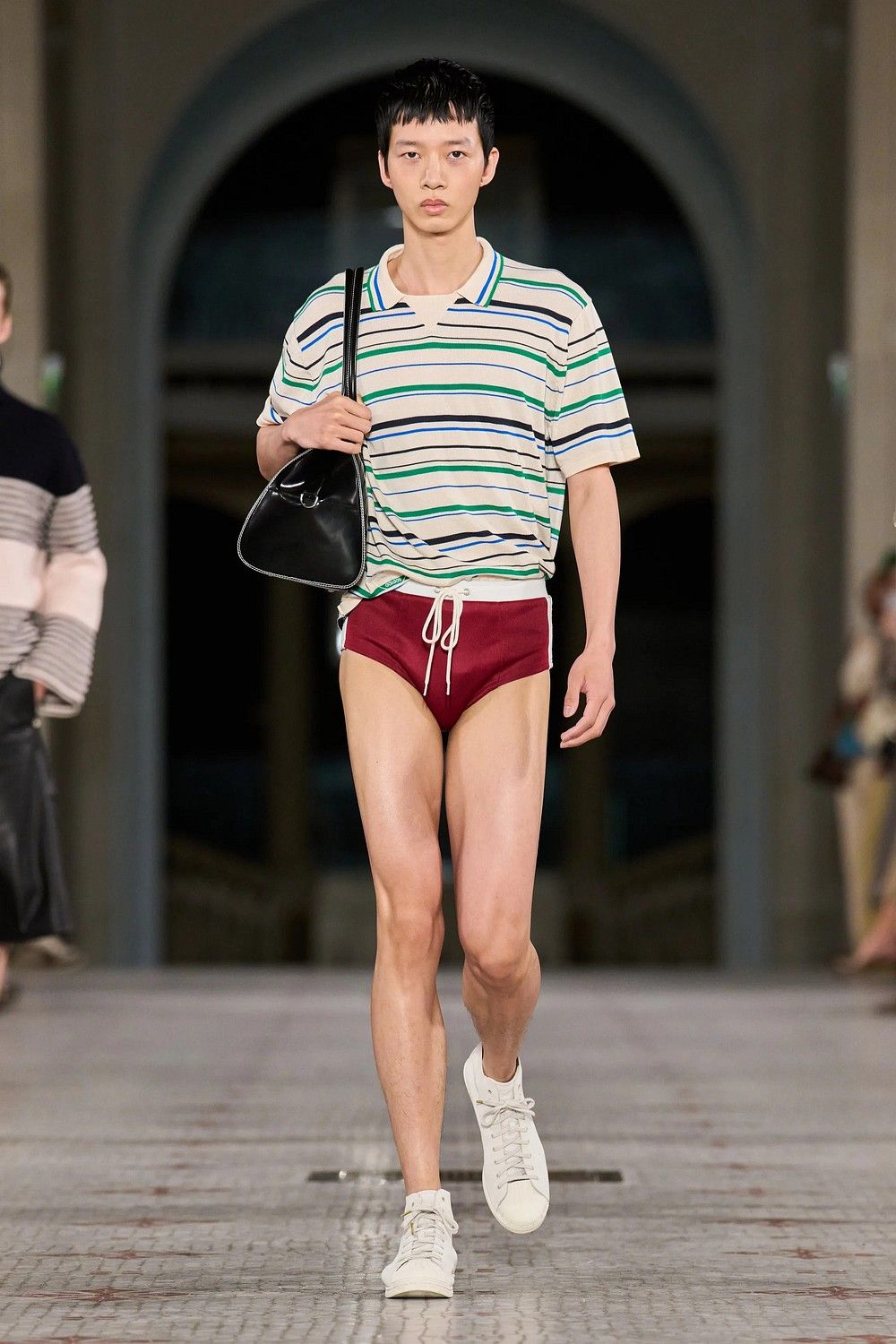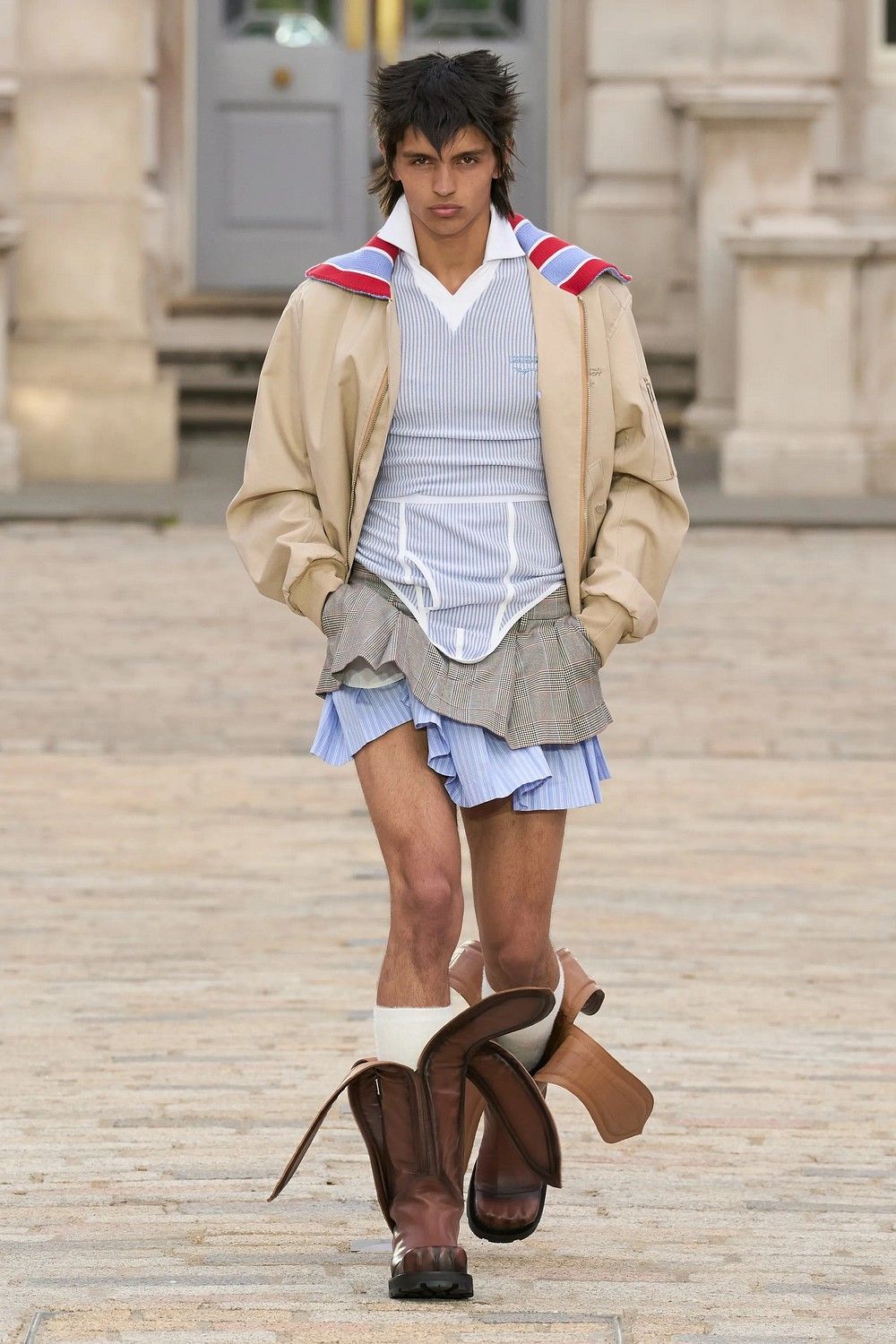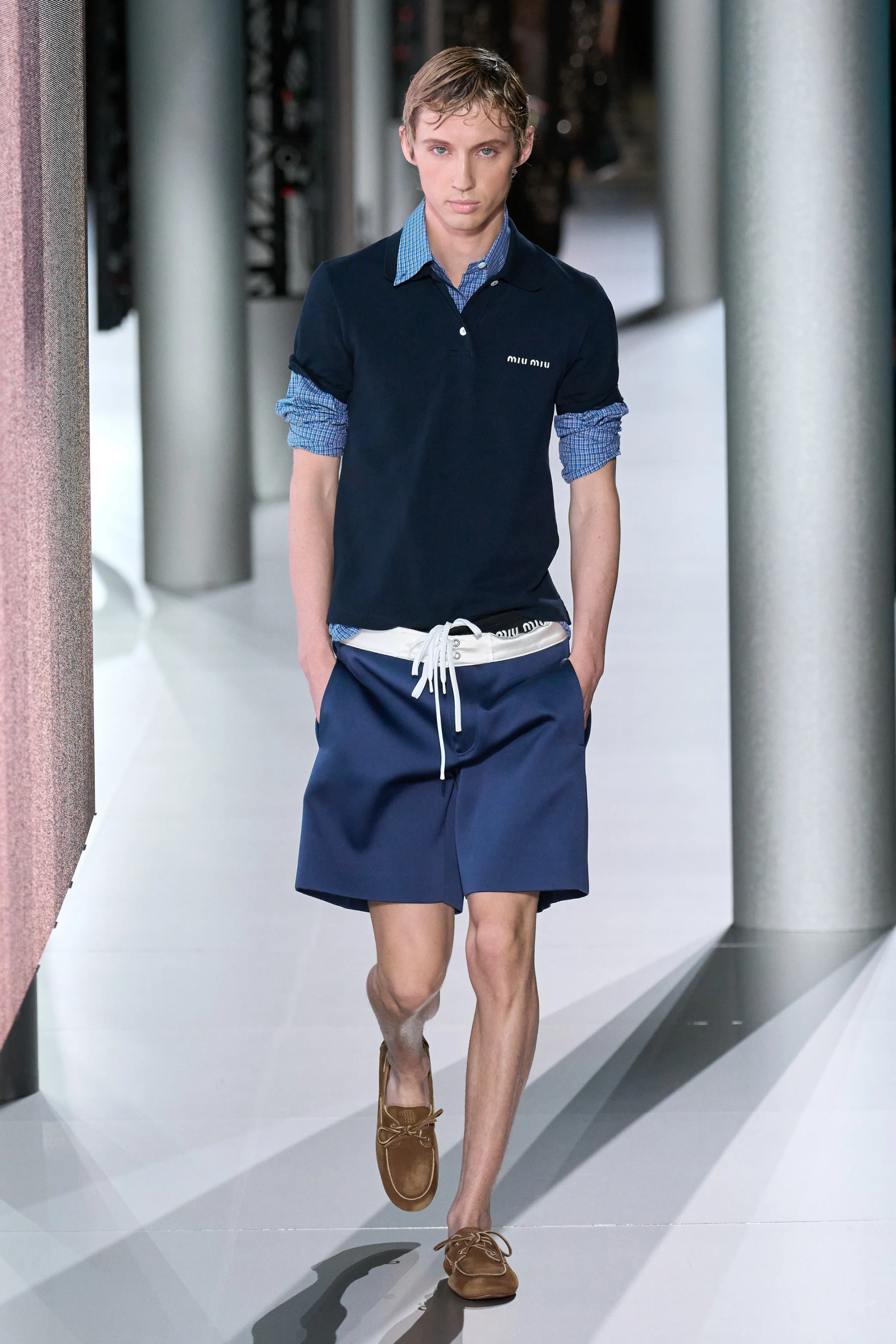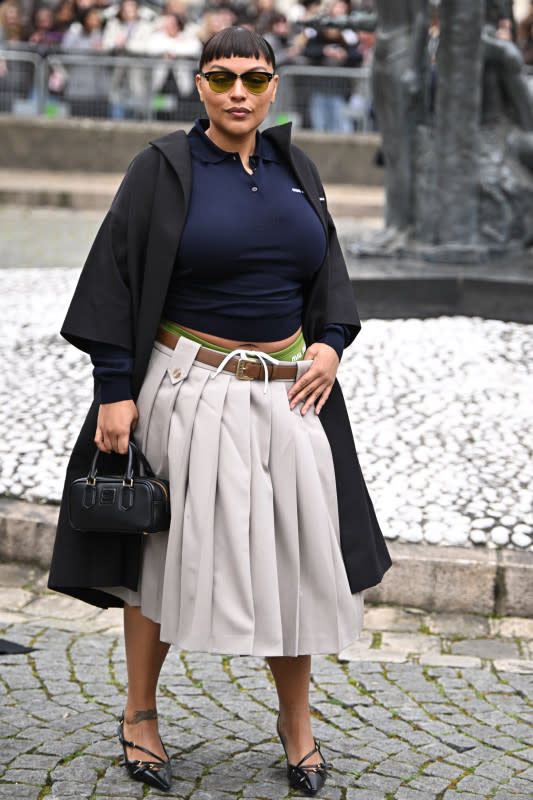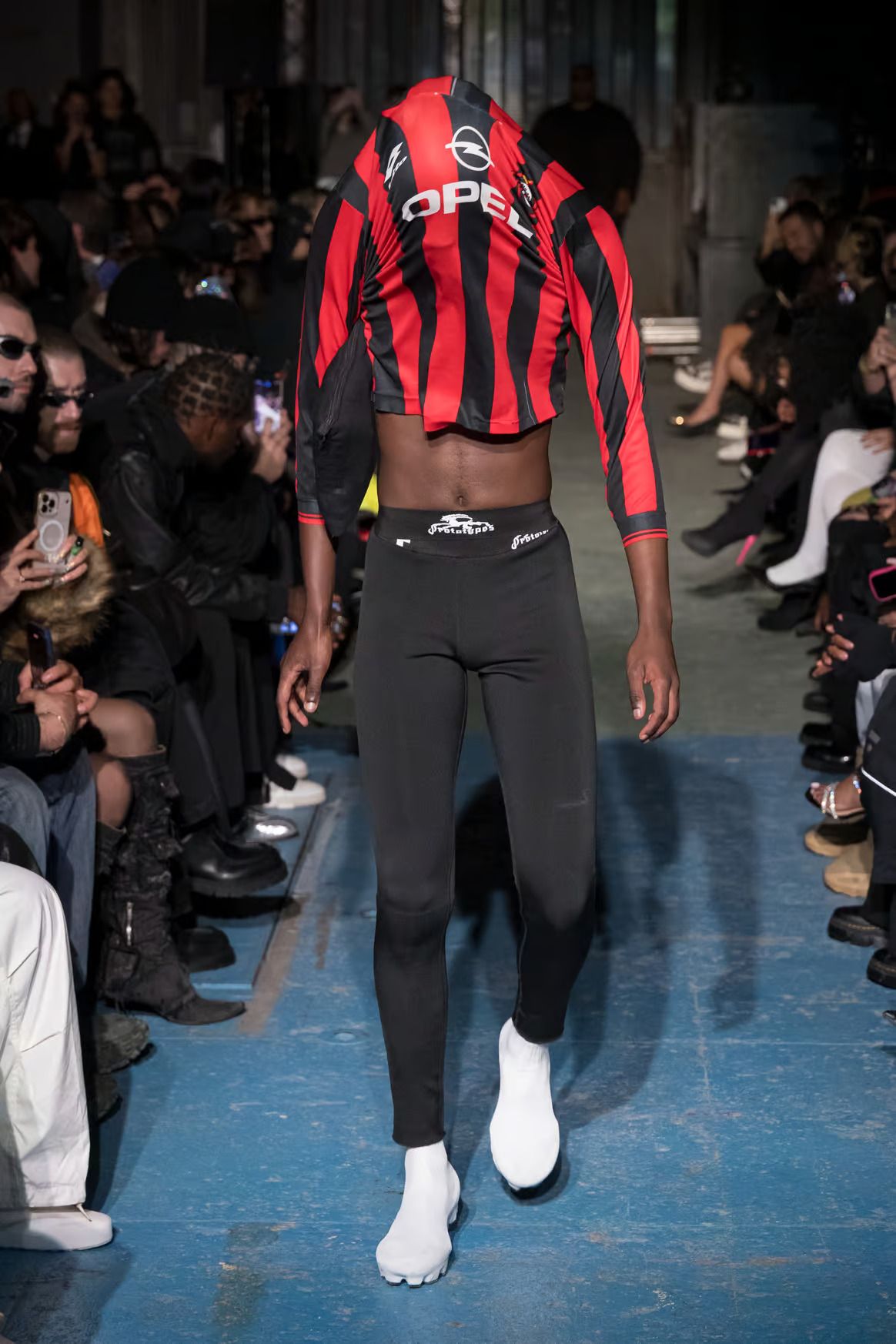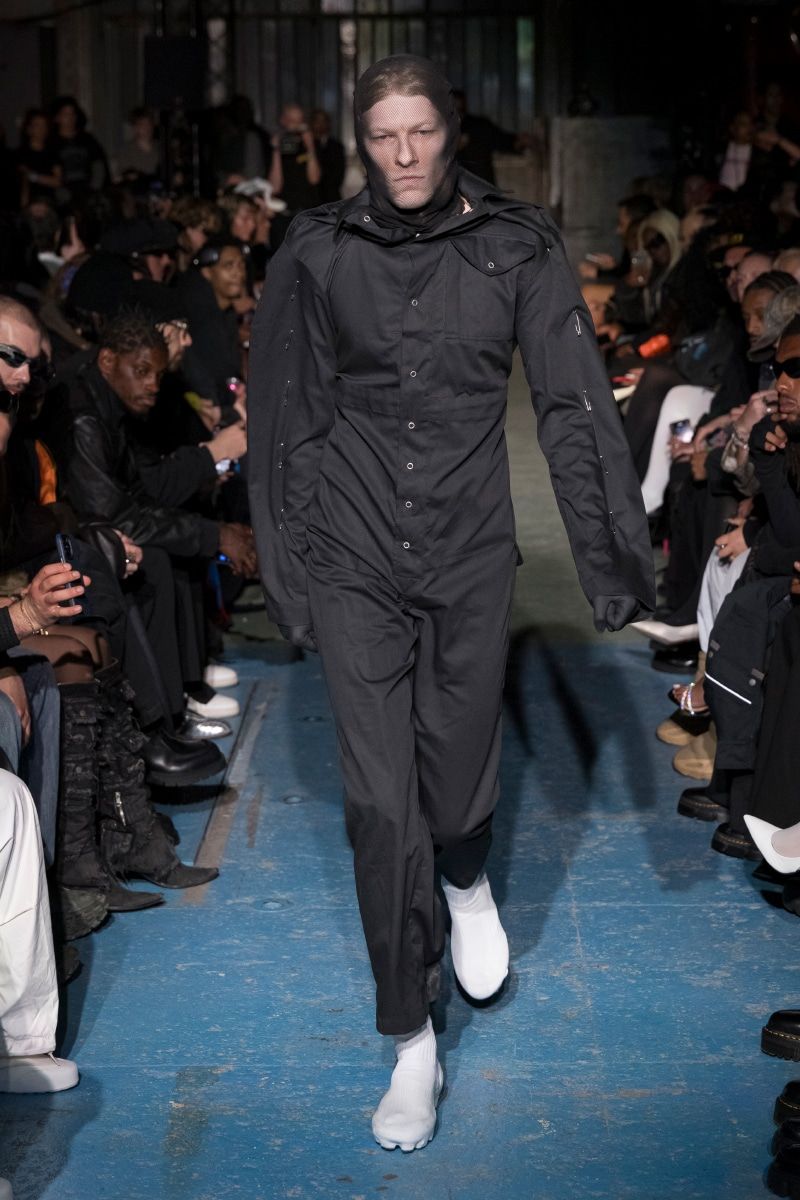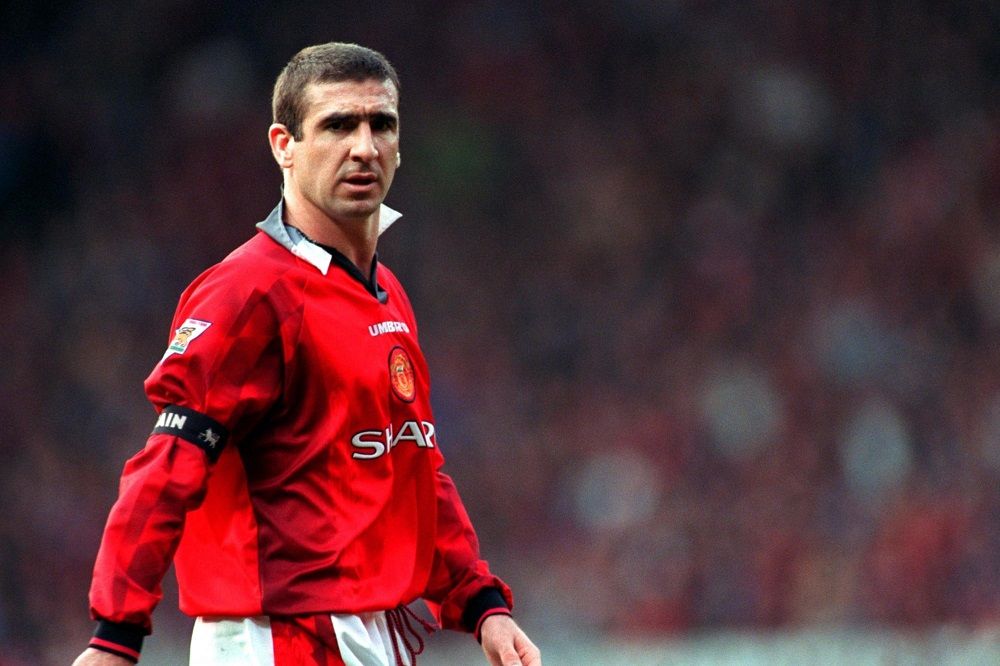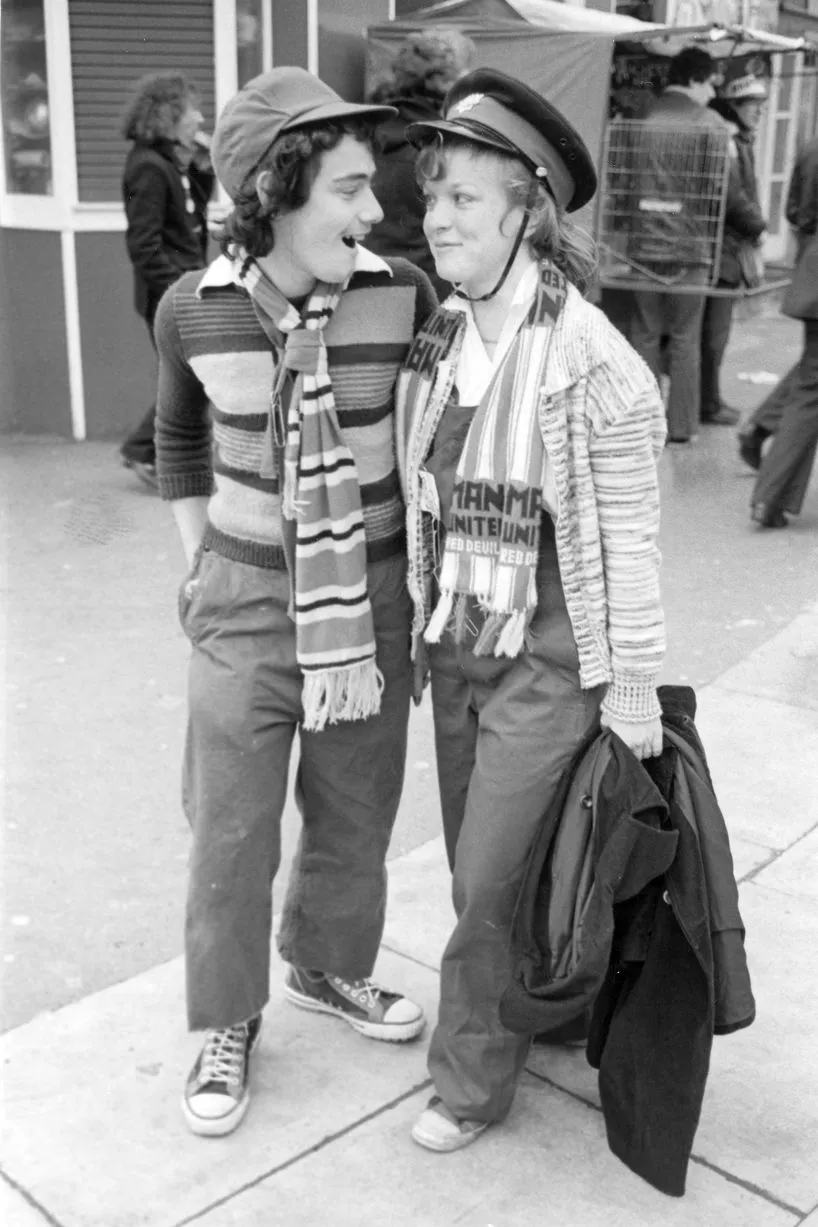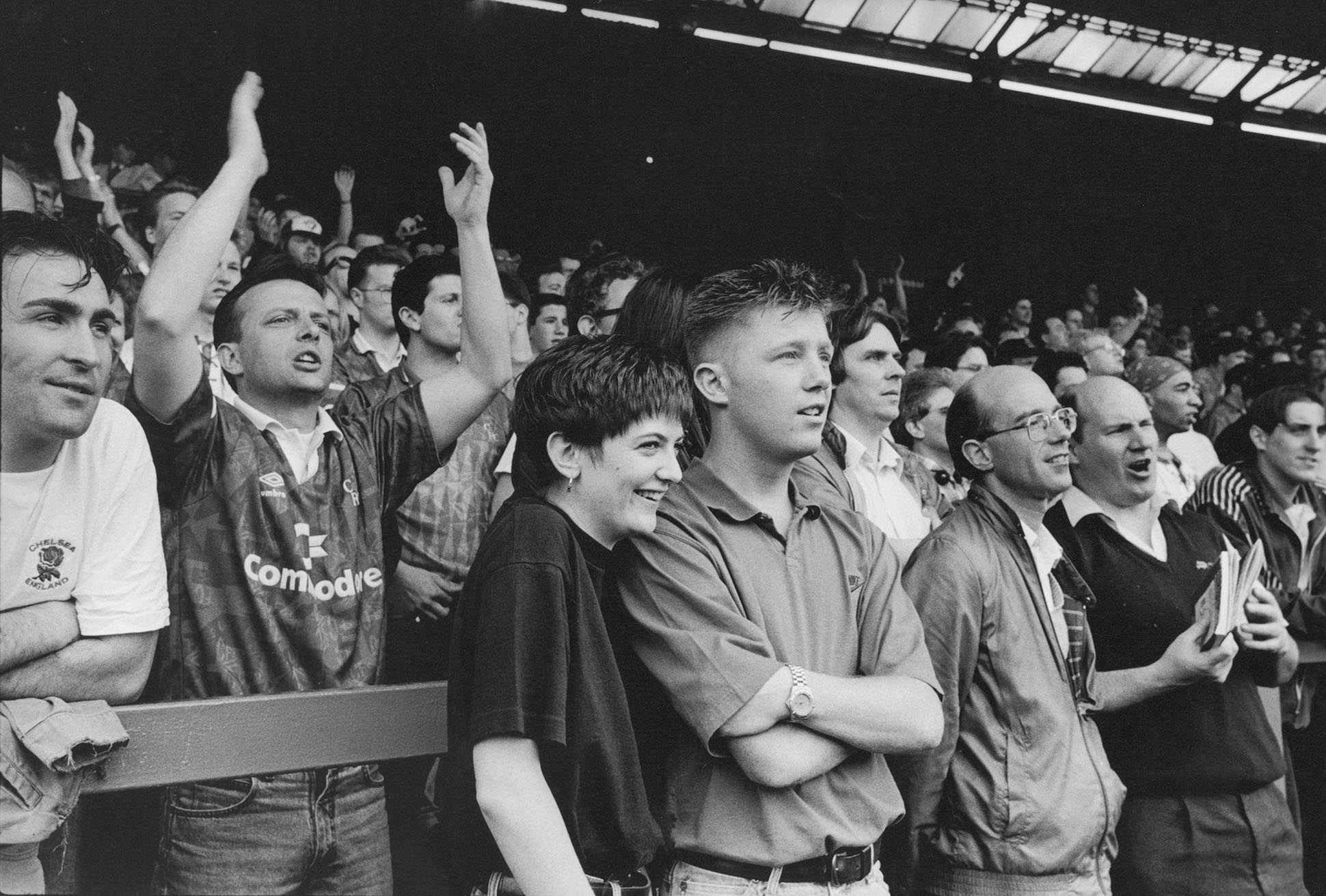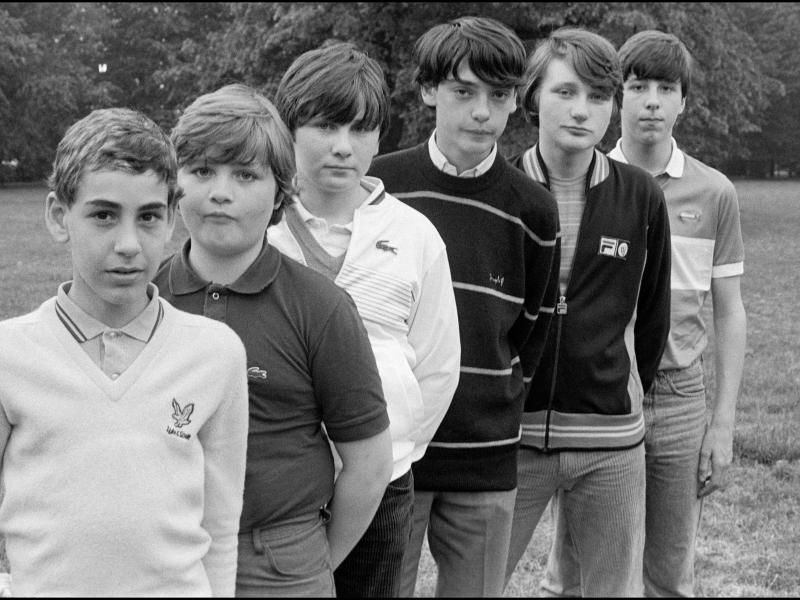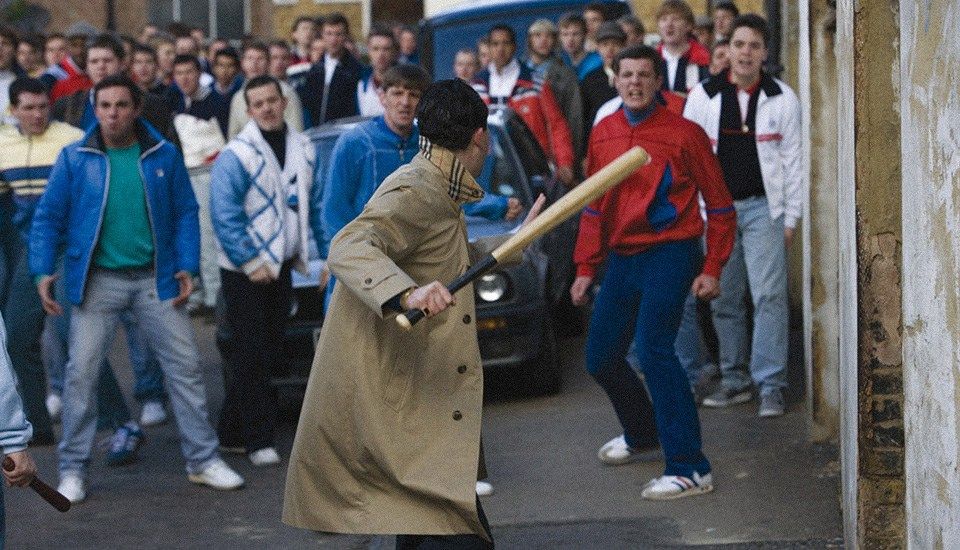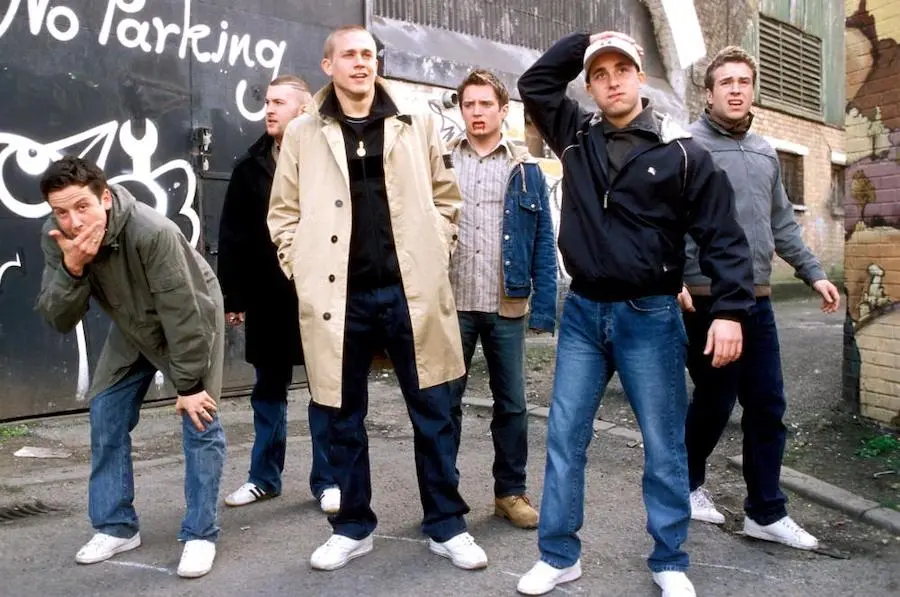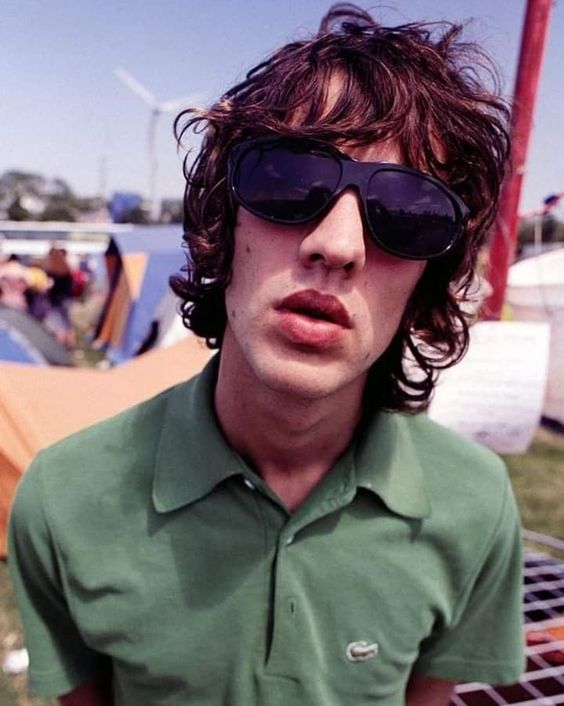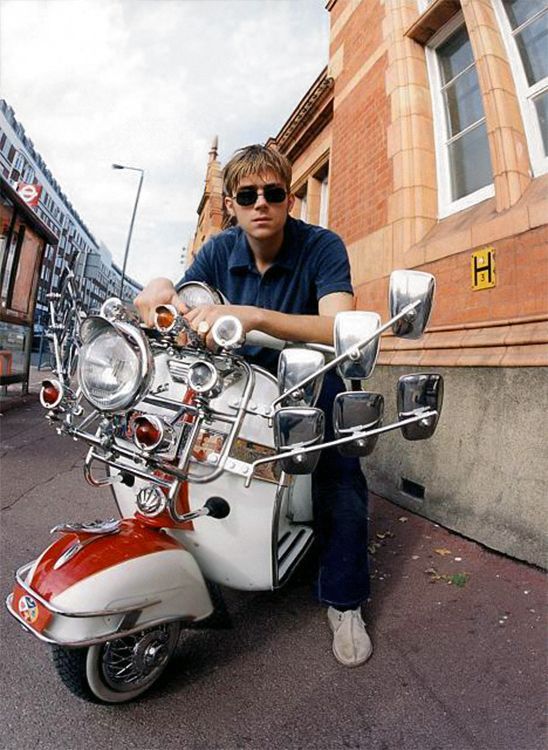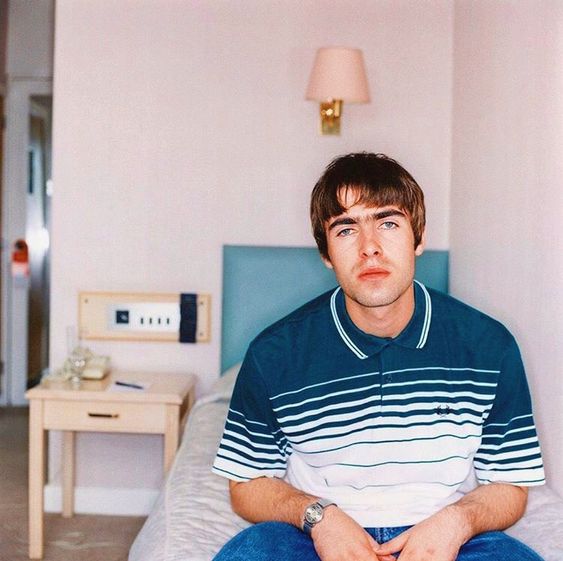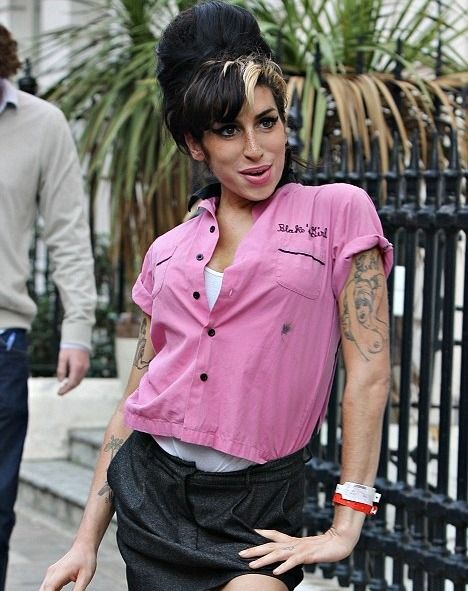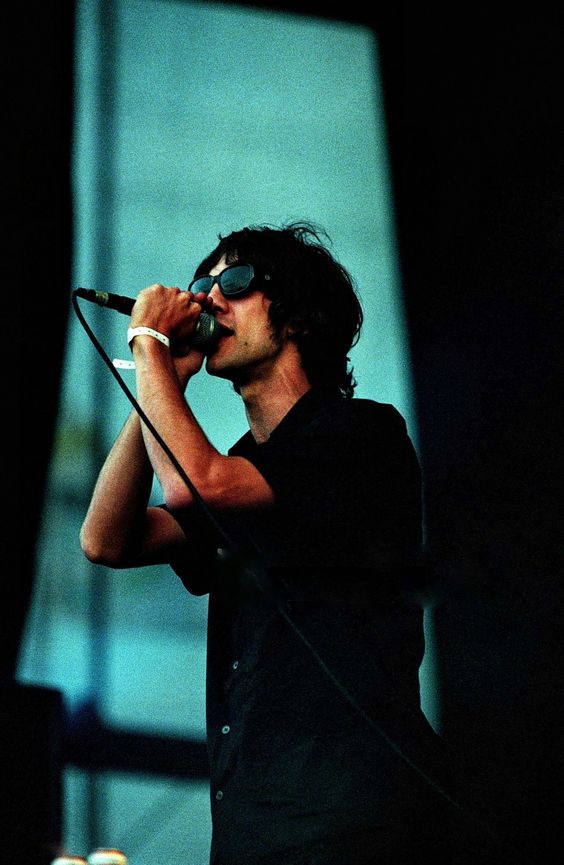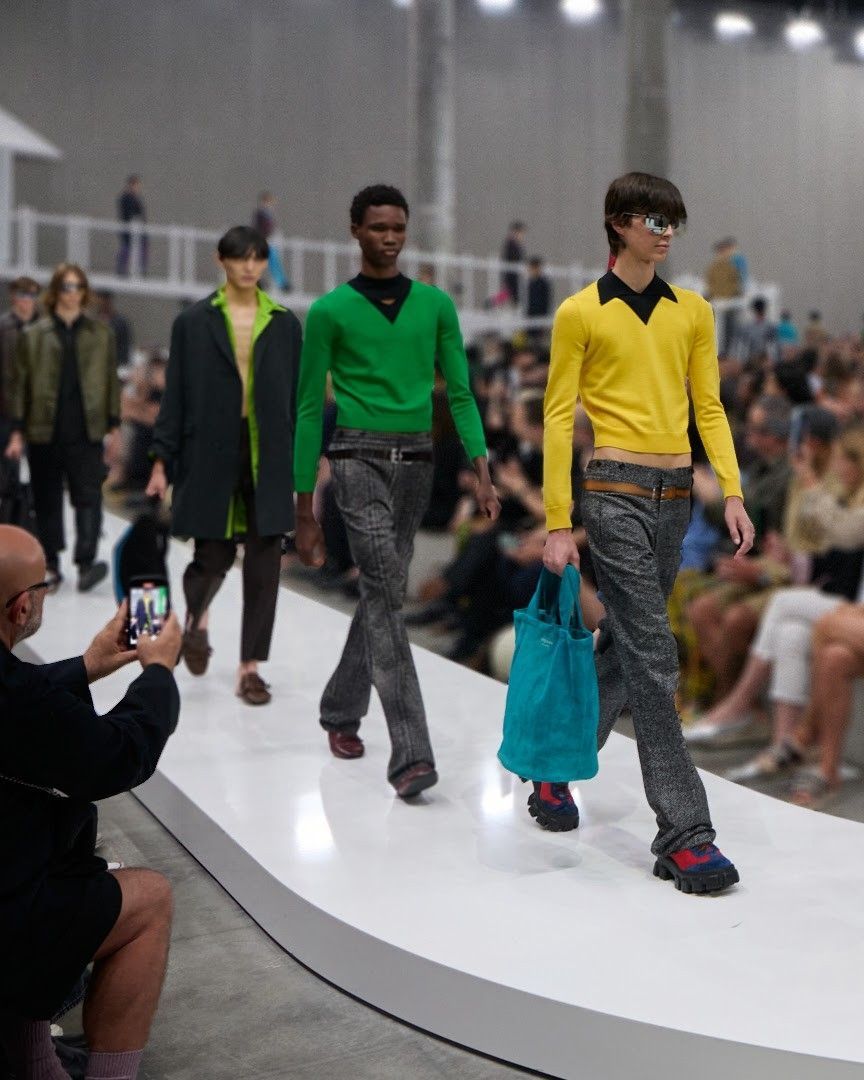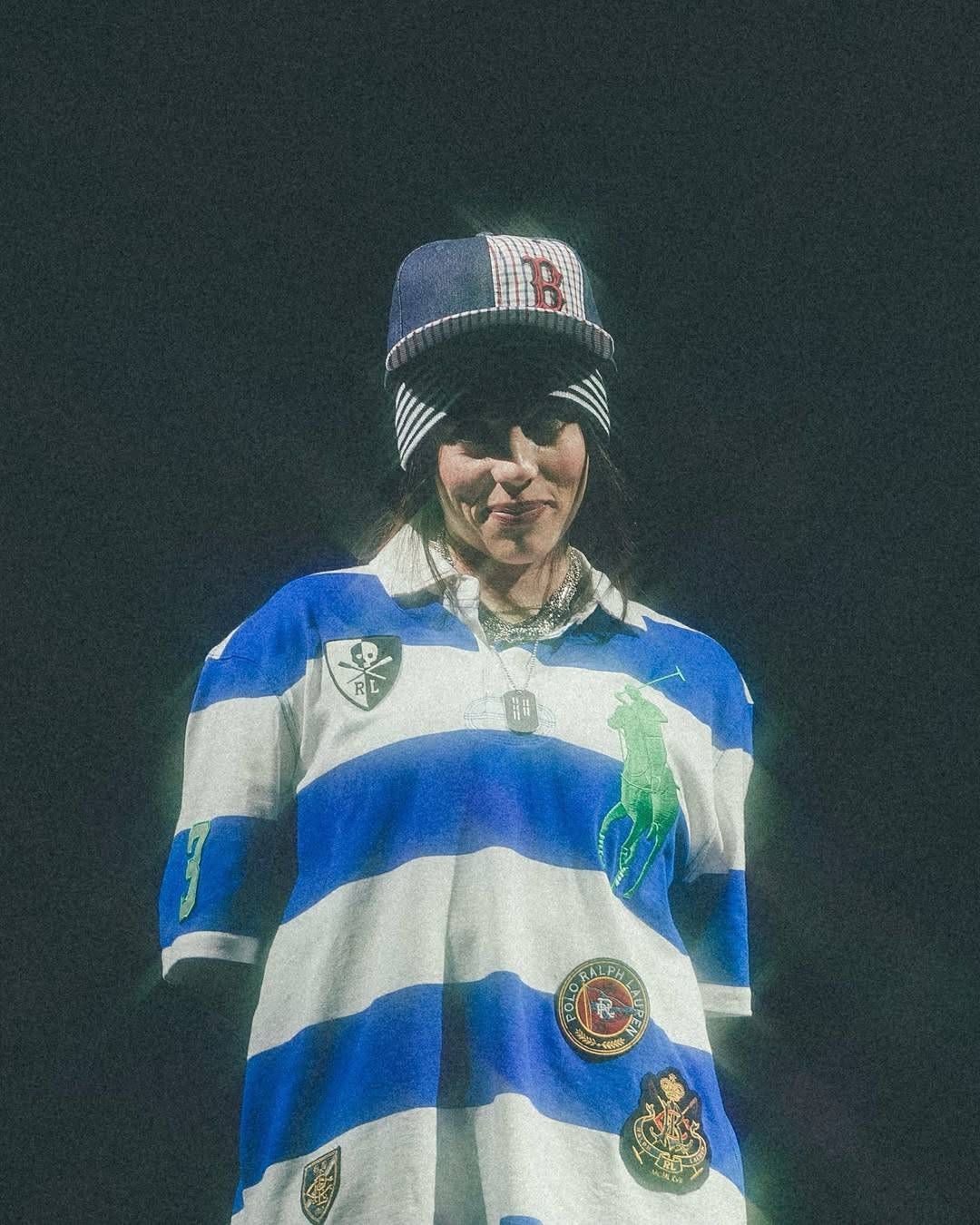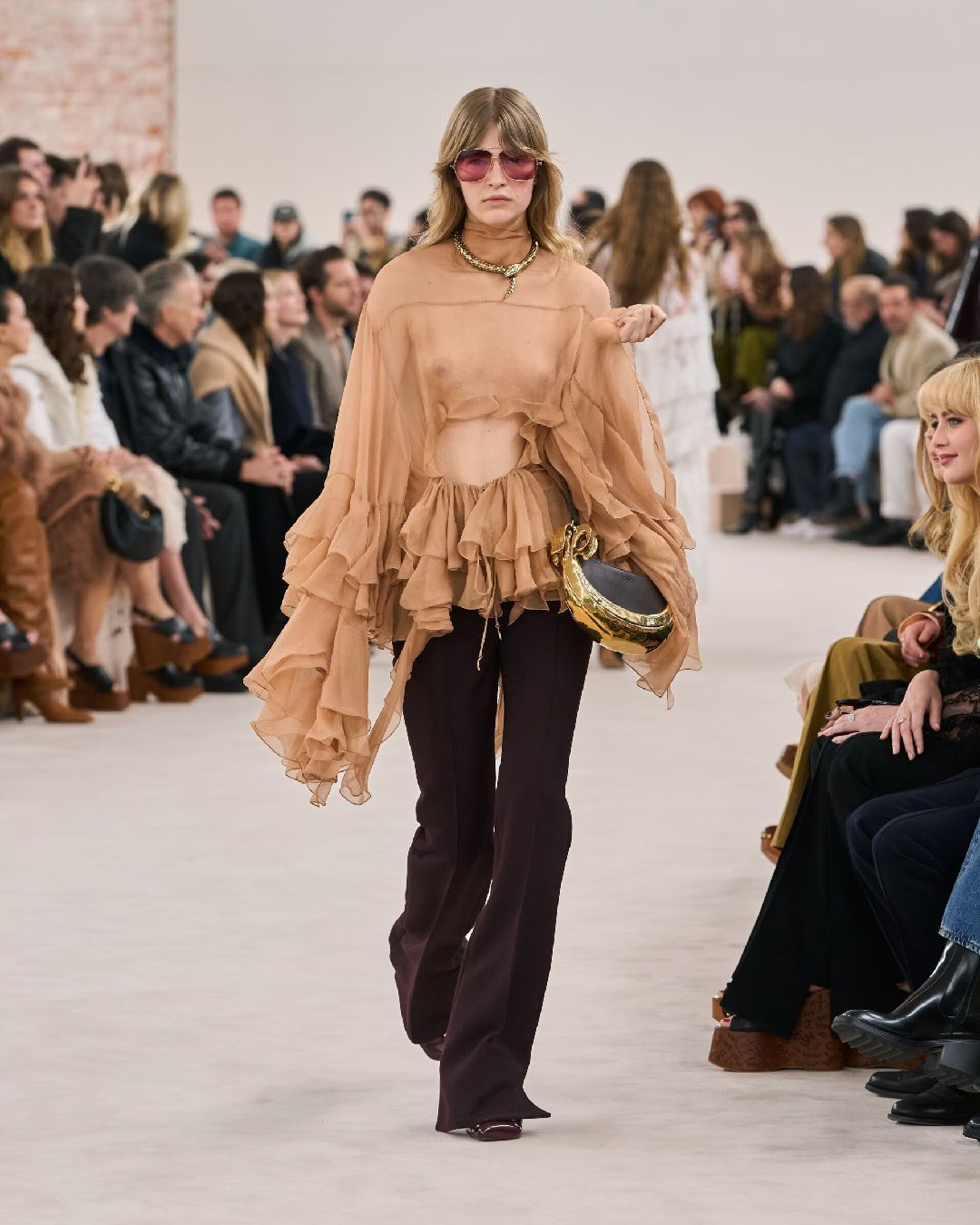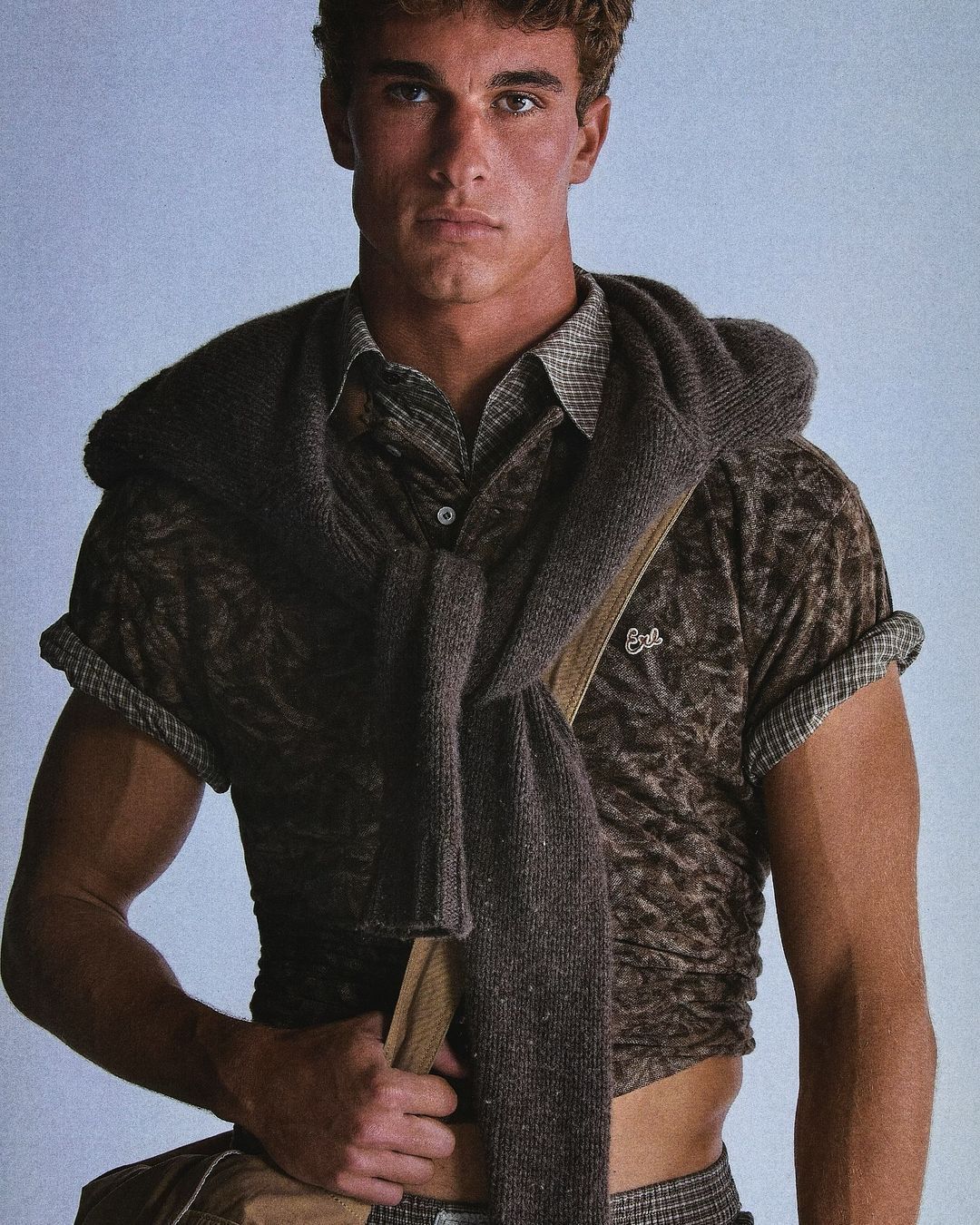
We're not ready for the polo shirt comeback From the Perry Boys to London Fashion Week, a great classic of British subcultures is back in fashion
The fitted polo with an unbuttoned collar, religiously paired with tight jeans and cotton belts with metal closures, was happily archived in the mid-2010s when hype culture managed to shift the spotlight to sneakers and oversized outfits. It took 2020, with the enthusiastic return of vintage aesthetics such as quiet luxury, bloke core, and indie sleaze, to bring it back to the forefront among the most popular fashion items. Today, the short-sleeved cotton shirt is also a star in cinema, with projects like Challengers and Ripley reviving its codes thanks to Zendaya's monochromatic look on the tennis court and Andrew Scott's old money look in Venice. On the runway, designers like Jonathan Anderson and Martine Rose pay homage to the British roots of ultras culture. Contrary to what the rigorous and elegant silhouette of the polo might suggest, it is not the "timeless" look that makes it the item capable of riding the wave of trends again, but quite the opposite. In a polo, between a raised collar and a meticulously ironed one, lie a multitude of different cultural meanings belonging to subcultures light-years apart. The garment is unique, but a simple fold can transform its look.
The Polo in Terrace Culture
If there is one thing we can say for certain about 21st-century fashion, it is that it is totally driven by nostalgia. Nothing is new, everything is reworked. If today we consider the polo a product of street style even before a status symbol for wealthy tennis players, the credit goes to the 1970s and the rise of the Terrace Culture. With the success of English football, by the end of the decade, fans of British teams began traveling around Europe to support their team. In Milan, Rome, and other major cities, they discovered a passion for brands like Sergio Tacchini, Diadora, Fila, and Kappa, and brought them home, even though the favorite brand for polos remained the patriotic Fred Perry (hence the name Perry Boys). With the brand's logo prominently displayed on the heart, the branded polo became a recognition stamp for all football enthusiasts who wanted to identify themselves in their own way among the crowd, without necessarily wearing the colors of the team they supported. Among hooligans and ultras worldwide, the fashion of the well-buttoned polo exploded to appear as "good guys" to the authorities, but also to better approach rival groups at the pub and outside the stadium. Apart from the polo's resemblance to the traditional football shirt (the one Eric Cantona loved to wear with a raised collar), the silhouette of the shirts worn by football fans also echoed the style of the mod subculture, which took root in the UK in the 1950s, although, twenty years later, loafers were replaced by adidas Samba and green parkas by Burberry raincoats (also worn with the collar raised to show the House Check).
The Polo in Pop Culture
According to the trickle-up fashion theory, before reaching the runway, polos had to pass through pop culture. The greatest sponsor of the garment in front of the paparazzi's lens was Amy Winehouse, the star of Back to Black, who loved pairing Fred Perry of any color with tight jeans, suspenders, gold necklaces, and large vinyl belts. Her smeared 1950s pin-up look, characterized by voluminous black hair and thick eyeliner, almost ironically nodded to the essentially preppy roots of the polo. Winehouse's loyalty to the English brand led her to collaborate with Fred Perry in 2010, launching a capsule with expressly vintage lines, like her stamp. Among other English pop icons who were flag bearers of the look between the 1990s and 2000s, we find Liam Gallagher, David Beckham (directly from the football field), Damon Albarn, and Richard Ashcroft, while in America, polos found space in hip-hop thanks to Kanye, Pharrell, and even Pitbull.
The Polo in Fashion
Before Prototypes took inspiration from the style of Italian ultras for SS25, the first to revive its aesthetic codes on the runway were Raf Simons, who in 2008 initiated a partnership with Fred Perry that ended in 2023, Miu Miu and Prada, even though in that case the look was linked to collegiate youth. After disappearing for a brief period from the mid-2010s to the early 2020s, recent fashion collections are teeming with polos, especially in London. From Charles Jeffrey Loverboy, Craig Green, JW Anderson, Martine Rose, and Wales Bonner, the bloke core is uprooted from the austerity of the stadium curve and transplanted into an artistic context with the addition of stripes, patterns, color-blocking, and oversized silhouettes. In the United States, few designers try to approach the look, among them Eli Russell Linnetz, who proposed them tight, graphically wrinkled, and worn one over the other for SS25. From New York to London, through Milan and Copenhagen, the remnants of Terrace Culture are making their way onto the runway. Not yet established under their own name, but still stuck with the nickname given to them in recent years with bloke core, they once again demonstrate the fierce influence subcultures have on luxury fashion. Cantona's raised red collar or Amy Winehouse's tight candy pink polo have not yet made their debut, but maybe it's just a matter of time.











































